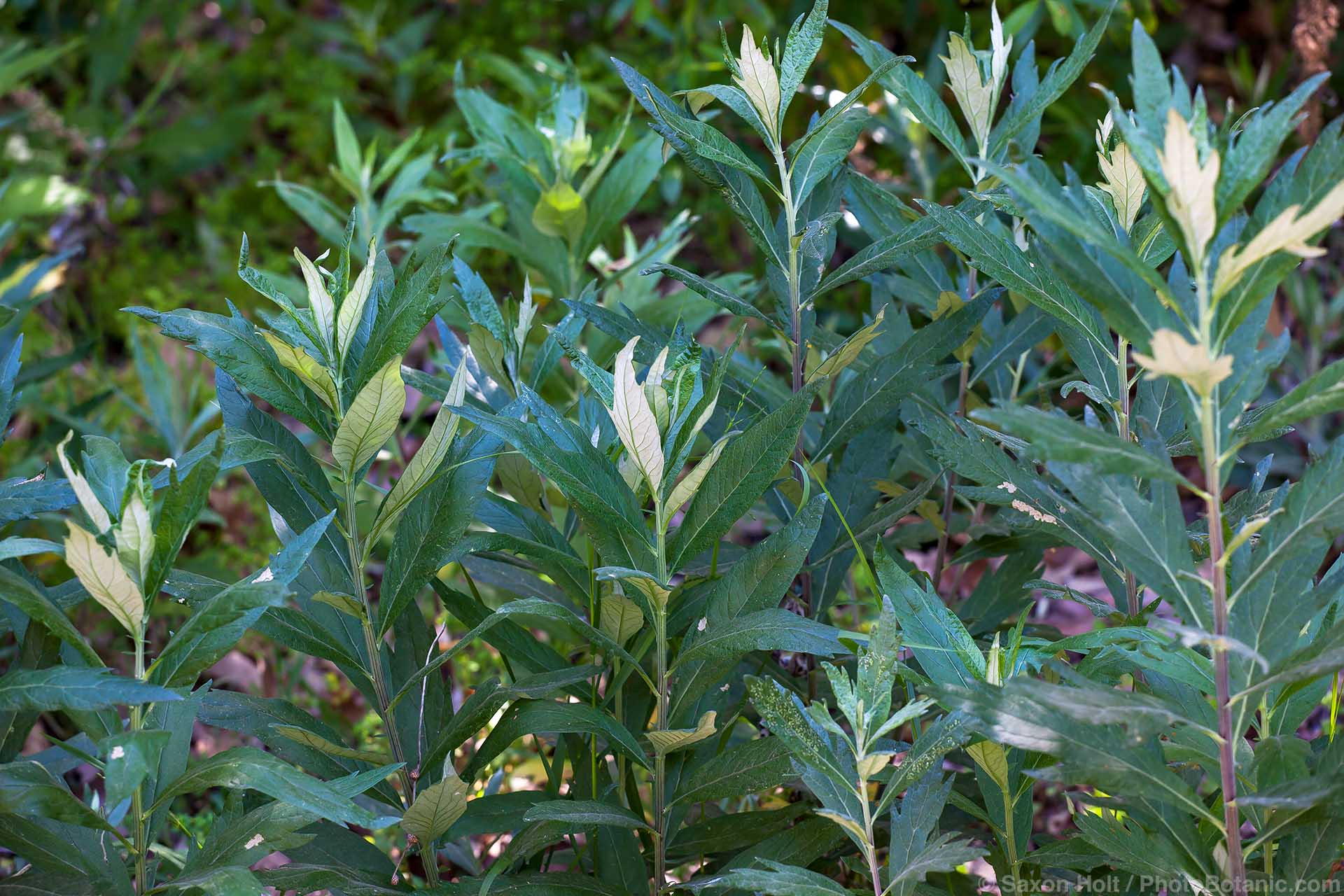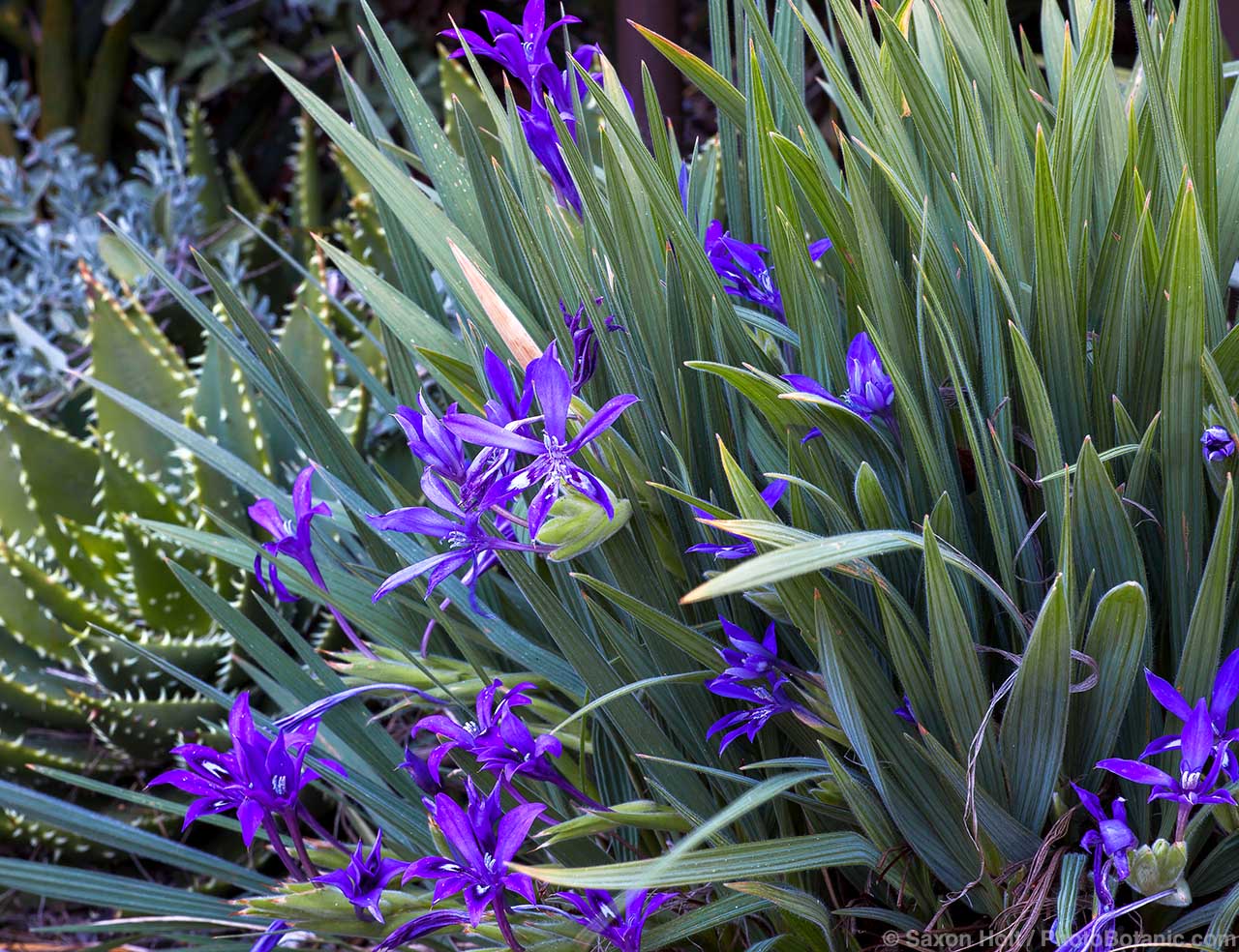California Native Redbud Tree
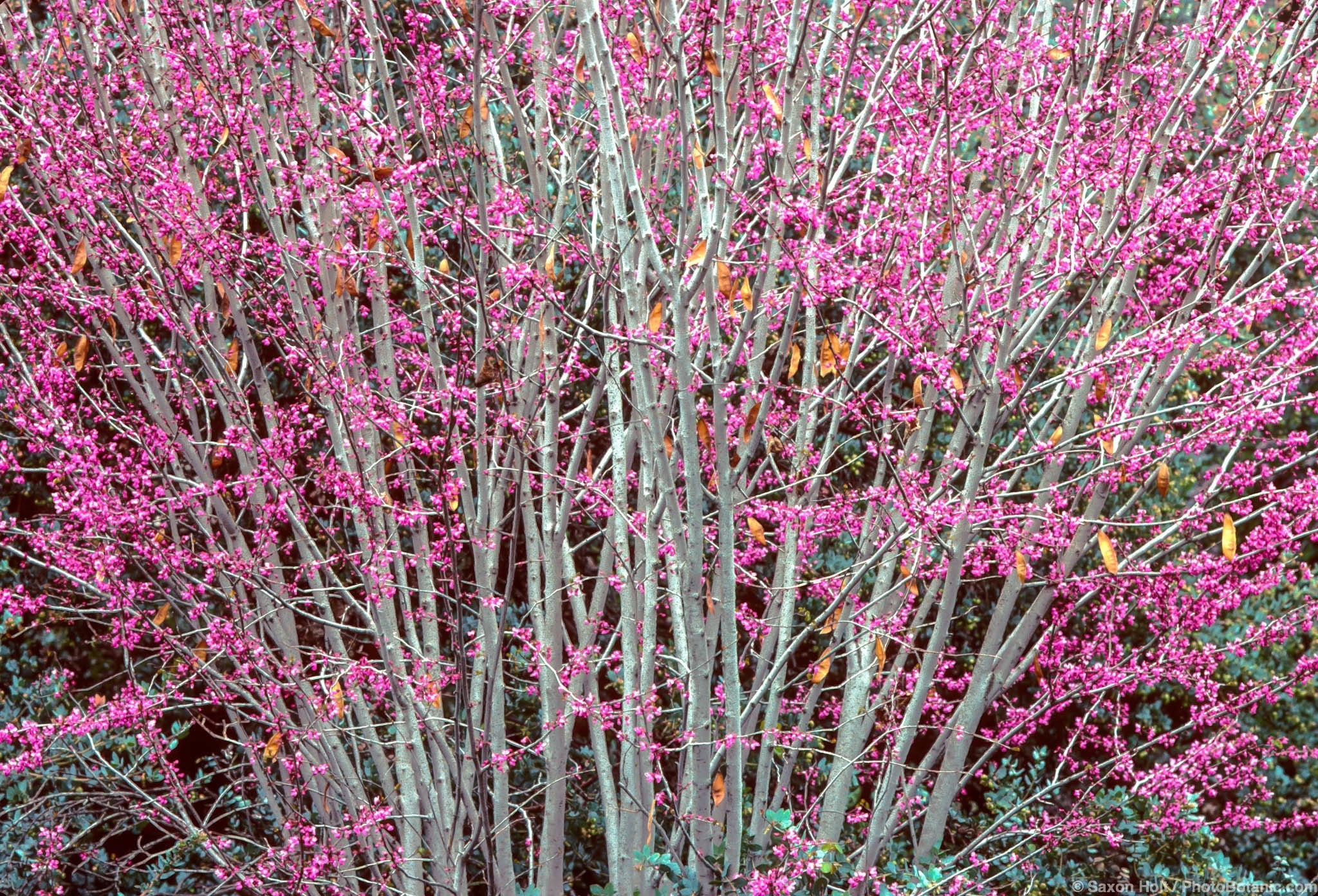
Share This!
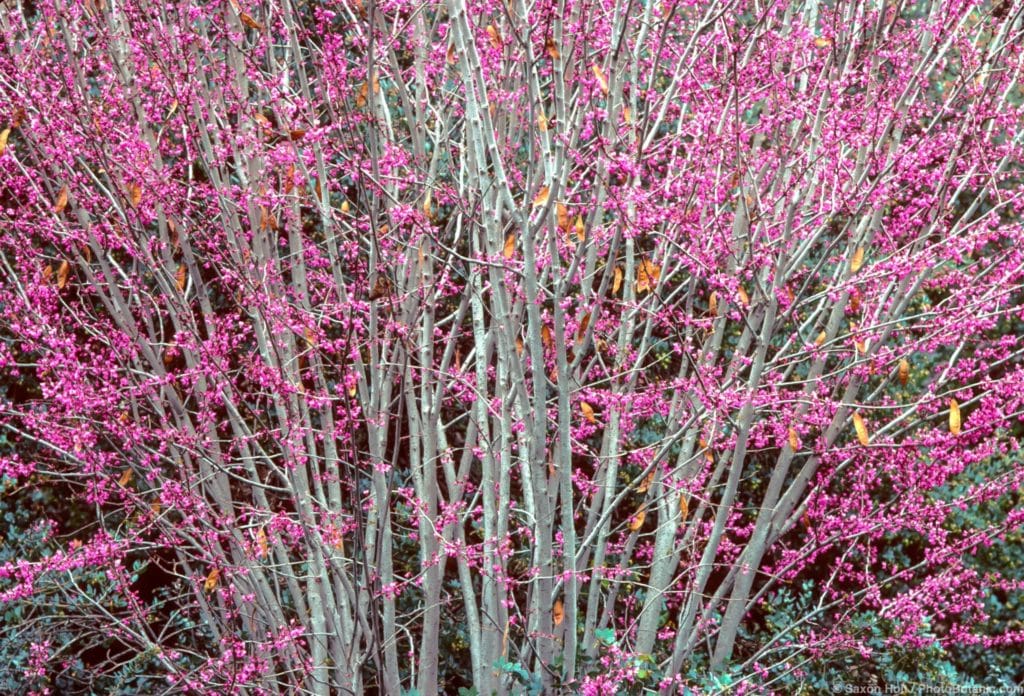
Also, if you live in southern, central, or northern California, or anywhere else in the world with a summer-dry climate, let us know your experience with this spectacular shrubby tree, wild or planted. Evidently it has environmental needs that many of us are not aware of.
For those who are not intimately familiar with California redbud, we supply the following description. Most California gardeners know it well.
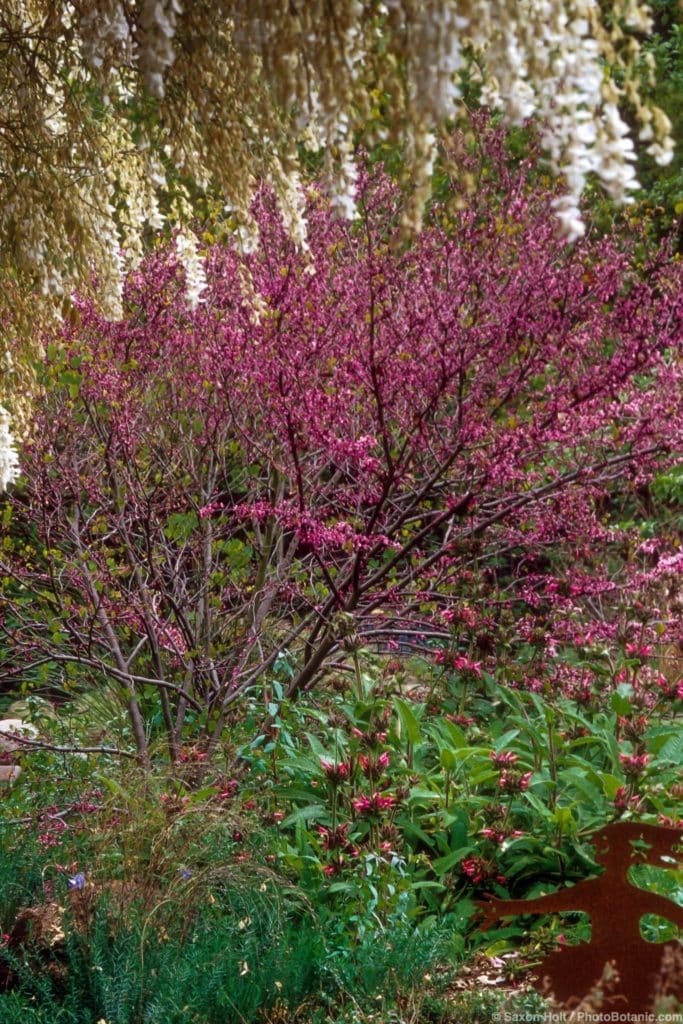
A good choice for small gardens with little space for large trees and excellent as an accent for larger landscapes, western redbud is native to canyons and slopes in the California coast ranges and Sierra foothills.
Usually planted as specimens, redbud is also effective in groves. Since each tree blooms for only two to three weeks, the more you plant the longer the show may be extended. Flowers may not appear for the first few years after planting but are well worth the wait.
Exceptionally slow-growing to 15-20 feet tall and 10-15 feet wide with multiple trunks or multiple low branches if trained as a tree, western redbud is shrubby and densely twiggy without skillful pruning. Pruning should be done in winter when the plant is dormant.
Western redbud thrives in full sun to light shade with good drainage. Warm summers are preferred, but not reflected heat, and flowering is most prolific following winter chill.
Early growth is faster with monthly to twice monthly summer water for the first three to five years. Mature trees need little or no water once established if winter rains have been sufficient. Hummingbirds, goldfinches, butterflies, and bees are attracted to the flowers.
Share This!
Related Articles
By: Nora Harlow
By: Nora Harlow
By: Nora Harlow



